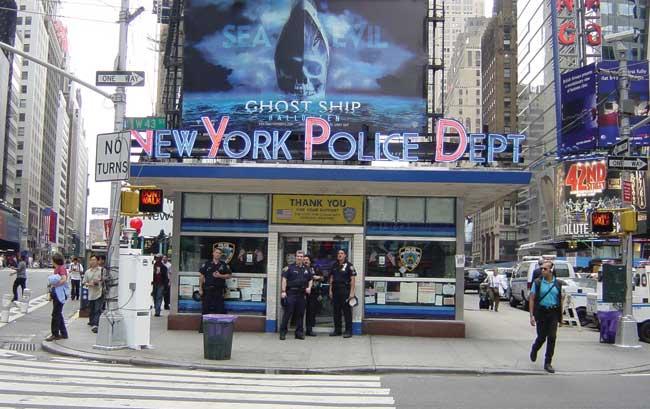There is a critical need for distributed biothreat agent sensor networks that can operate in civilian applications. These platforms need to have several key properties: 1) they need to be capable of detecting pathogens within 1 to 2 hours, allowing for enough time to respond to an event; 2) they need to be extremely low cost to maintain, since continuous monitoring is essential for many applications; and 3) they need to have sufficient sensitivity to cover a broad geographical area; and 4) they need to have sufficient selectivity to virtually eliminate false positives. Currently available bio-weapons detection systems are designed primarily for military use. These military systems are expensive to deploy and ultimately unsuited for civilian protection.
LLNL’s BioBriefcase is a compact and portable instrument capable of autonomously detecting the full spectrum of bioagents, including bacteria, viruses and toxins in the air. It uses the state of art technologies to collect, process, and analyze samples to detect, and identify genetic and protein signatures of bioagents.
The compacted size does not compromise the performance. The BioBriefcase features rapid response, multiplex capability, small reagent consumption, relatively low cost, with high sensitivity and short response time.
It is an ideal instrument for monitoring bioagents in the environment, such as in open space, inside a building or in a transit system, when quick and accurate detection is required. It is also a useful tool for defense, first responders, homeland security applications, agriculture, or environmental monitoring in factories or buildings. A simple redesign may convert it to a bench top instrument for medical diagnosis and scientific research with autonomous sampling and processing of biological samples for simultaneously measuring or identifying specific DNA/RNA or protein signatures.


